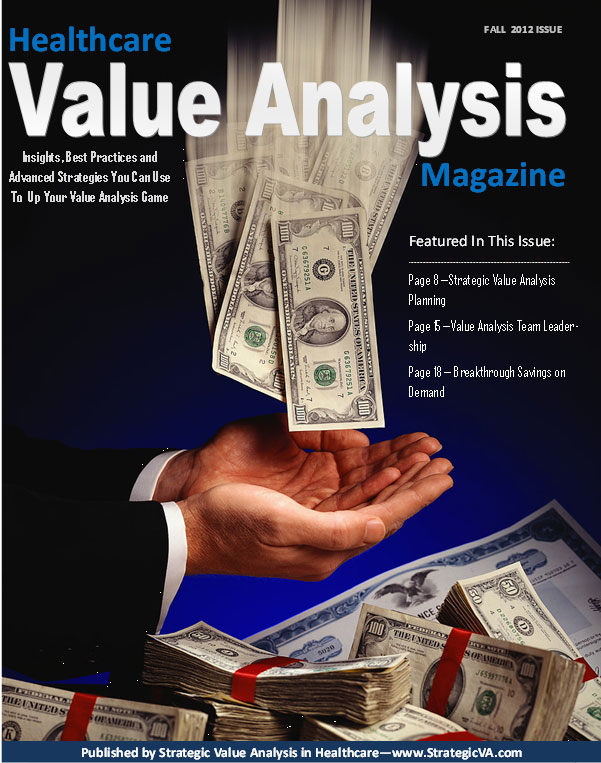Robert T. Yokl
Checklists have long been used by pilots, astronauts, and architects to avoid costly and life threating mistakes. Now, even surgeons worldwide are using checklists to eliminate their mistakes and errors. The conclusion: Checklists are the secret to avoiding mistakes, providing consistency in your work, and avoiding missed critical steps in complex processes.
You might not think of it as such, but value analysis is a critical and complex process representing millions of dollars of new expenditures in any given year. Also, value analysis is or should be the guardian against waste and inefficiencies in your healthcare organization’s supply streams.
In order to provide consistency, thoroughness, and reliability in all of your value analysis processes, value analysis leaders should devise checklists for all value analysis functions (e.g., new product requests, new or renewal group purchasing contracts, product failures, utilization management, etc.).
A good way to make checklists is with an Excel spreadsheet (Google Excel checklist for tutorials), since they are printable and easy to update. Experts tell us there are two types of checklists: DO-CONFIRM and READ-DO. Here’s how you use them: An individual or team will do their work or procedures from memory and experience and then confirm with the DO-CONFIRM checklist that they did everything right and didn’t miss anything. With the READ-DO checklist the individual or team carries out the tasks as they check them off the list. You will need to decide what works best for your VA teams.
Most importantly, a checklist cannot be lengthy and it should fit on one page. Keep the tasks down to five to nine short items that everyone understands (e.g., confirm insurance). The secret is to decide which steps are most critical and how frequently people miss them. Lastly, you must “test” the checklist in the real world until it works consistently. Now, you have a system to do things right the first time.





